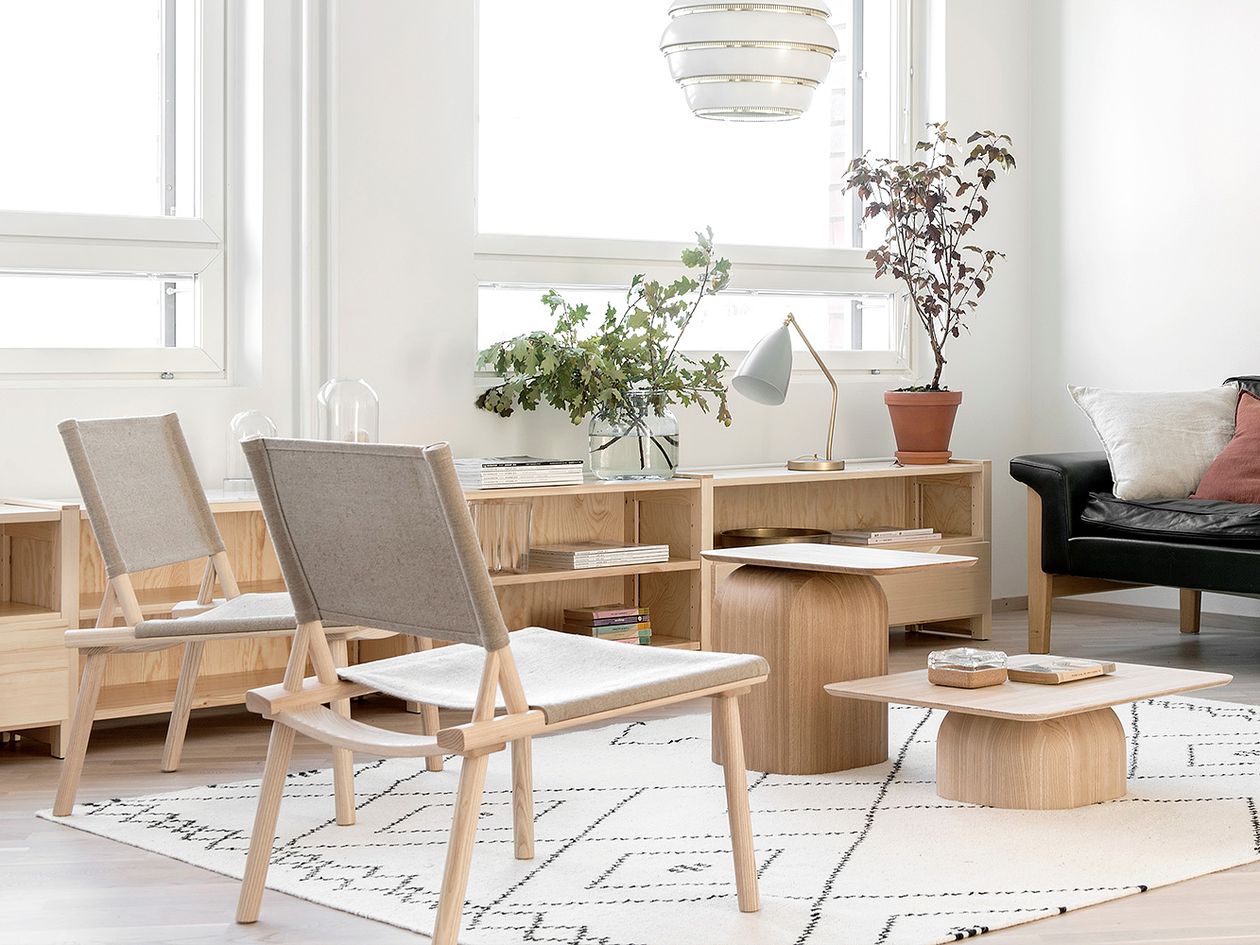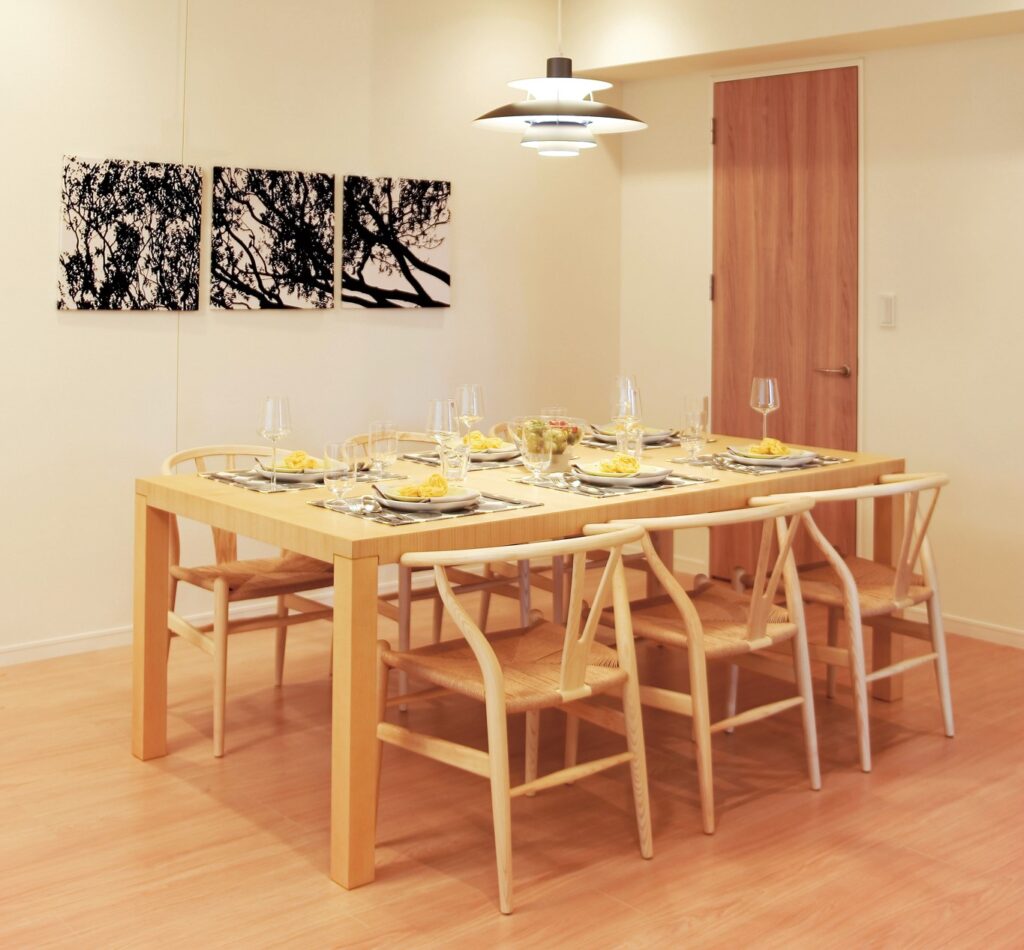
WHAT IS JAPANDI??
Japanese design meets Scandinavian minimalism – is a key trend this year.
You may not think that Japan and Scandinavia have a lot in common, but when it comes to design elements, they’re more similar than you may think. Each one’s aesthetics focus on simplicity, natural elements, and comfort, so it’s no surprise that we’re seeing more and more designers combine the two looks together and calling it “Japandi”.
What Are the Elements of Japandi?
The perfect fusion of Japanese and Scandinavian, Japandi design focuses on minimalistic designs that are aesthetically pleasing yet highly functional.
Expect to find a plethora of natural materials, muted colors, clean lines, and minimal, yet well-curated, furnishings. Japandi design isn’t sparse—it’s intentional.
Japandi styles feature beautiful craftsmanship with a focus on quality and handmade pieces over throwaway, cheap structures.
You’ll also see a lot of neutral colors and paint choices to complement Japandi furniture and accessories. Calming, tranquil, and peaceful palettes are typically chosen, and when brighter colors are incorporated, they are done so meaningfully and subtly.
Additionally, Japandi styles often emphasize sustainability. The prevalence of natural materials and simple designs makes it a great green decor style. With more and more consumers looking toward eco-friendly aesthetics, Japandi’s popularity is no surprise.
How can I decorate in Japandi Style?

If you’re a fan of minimalism and “Hygge,” chances are that you have already started to experiment with Japandi style. To really play with this look, focus on natural materials such as unfinished woods or bamboo pieces that bring in the feeling of nature and simplistic beauty. Japandi uses muted colors with hints of pale green or bringing plants and greenery into your home to give it a sense of outdoor living.
Reducing clutter is also key to achieving the Japandi style. This design aesthetic focuses on clean lines and open spaces. But if you have an active household and struggle to find that minimalist look, try “faux minimalism” with natural containers such as boxes and baskets, built-ins or folding screens to hide excess stuff and keep your space feeling clutter-free.
To get the best of both worlds, draw on the coziness of Scandi design with warm textures and soft pieces while maintaining the elegance of Japanese decor. While both styles have a focus on the utilitarian, it’s important to maintain a zen-like sense of calm in your space.
Because Japandi design is focused on craftsmanship, it’s not meant to be throwaway. Look for pieces that will stand the test of time and work with your decor for years to come. It’s a clear antidote to the one-time-use culture we have embraced for so long. Instead, focus on pieces that are sustainable and safe for our planet.
Though both Japanese and Scandi decor aren’t new, the combination of the two is sure to be a rising trend over the next few years.
